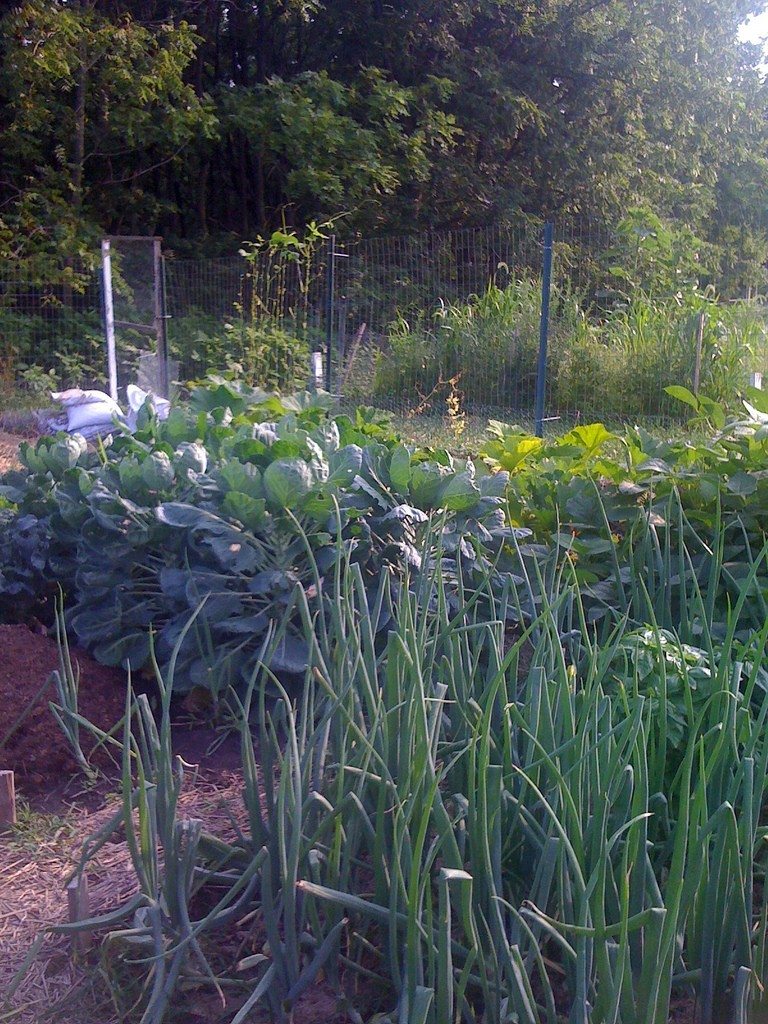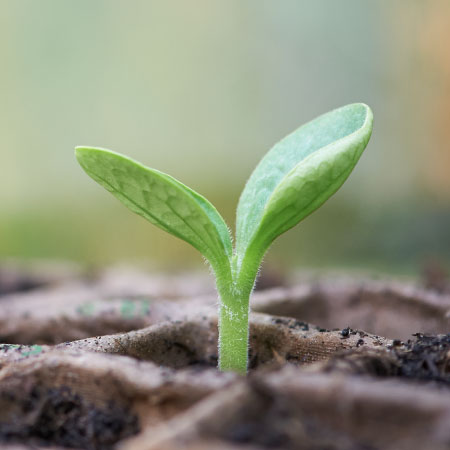How To Grow An Organic Garden

Nothing quite compares to the wonderful plants grown in an organic garden. Everything from flowers to herbs and veggies can be organically grown in the home garden. Keep reading for more information on creating this type of garden and just how easy organic garden maintenance really is.
What Does Organic Gardening Mean?
The first step to growing an organic garden is understanding what the term organic means. Organic, in the definition of gardening, means to grow without the use of chemical fertilizers or pesticides. Organic gardens are grown using natural fertilizers, such as fish emulsion, and natural insect deterrents, such as companion planting.
How to Grow an Organic Garden
An organic garden is not harder to grow than one that relies on chemicals, but it does take a bit more advance planning. For an organic garden to be successful, you must have healthy soil for the plants to grow in. To achieve this goal, you must build up the soil with nutrients to replace any that may be diminished. To do this, you start with good compost and natural fertilizer.
- Compost - Compost is simply deteriorated plant and animal matter. A compost bin can be started easily by using kitchen waste and yard trimmings, clippings, and leaves. You can use a wire mesh ring or a fifty-five-gallon (208 L.) drum for a simple compost bin. If using a drum, be sure to drill holes every few inches (7.5 cm.) around to sides to allow the compost to breathe and cook.
- Natural fertilizers - Natural fertilizers can be purchased from any reputable garden center. These can include fish emulsion, seaweed extracts, and various types of manures. Manures can be the droppings from rabbits, chickens, goats, or cows, with cow and chickens being the preferred among professional organic growers.
Spend a year building up the soil in the area you wish to have as your organic garden. By consistently adding compost and other fertilizers to your soil, when it is time to plant you will be giving your seeds and seedlings the best possible start. Healthy plants are your first defense against disease and insect invasion. Choose plants for your garden wisely. Many organic gardeners choose heirloom plants because the seed can be saved and used from year to year. Others choose hybrid seeds and plants bred for disease retardant and insect tolerance. Or you can choose a mixture of both heirloom and hybrid seeds for your garden, depending on what you choose to grow.
Organic Garden Maintenance
Most seed should be started indoors in late winter or early spring. Thin plants after a week or two of growth, leaving only the strongest one in a pot. This allows only the healthiest-looking plants to grow stronger. When all chance of frost has passed in your area, plant the seedlings into your prepared soil. To help keep moisture in the soil, mulch around the small plants with hay or straw. Plants, such as cabbages, should have plastic tubes around the stems to keep slugs, caterpillars, and certain types of worms from eating the plants. The tubes can be made easily from clean soda pop bottles; simply cut the tops and bottoms out and surround the young plants. Netting is used by many gardeners to keep flying insects away from both young and older plants in the garden. Fine mesh netting can be purchased at most garden centers or occasionally at the fabric section of department stores and supercenters. If you have a paper shredder, you can shred old newspapers and magazines to place in the rows between your plants. This will help cut down on weeds that can attract bugs to your garden. Newspapers are printed with soy ink that will not harm the plants in the garden. An organic garden is worth every bit of effort you put into it. You will be rewarded with healthy flowers and wonderful herbs and vegetables that you will be confident to serve to your family and friends.
Gardening tips, videos, info and more delivered right to your inbox!
Sign up for the Gardening Know How newsletter today and receive a free copy of our e-book "How to Grow Delicious Tomatoes".

Kat Yares is a writer for Gardening Know How, specializing in organic gardening techniques.
-
 12 Lush Alternatives To A Lawn For Sustainable Spaces
12 Lush Alternatives To A Lawn For Sustainable SpacesAlternatives to a lawn are beautiful and also beneficial to your local ecosystem and its pollinators. Explore our top picks for plants to replace grass.
By Tonya Barnett
-
 Types Of Tomatoes Explained: Explore The Many Wonderful Shapes, Colors, Flavors, & Best Uses
Types Of Tomatoes Explained: Explore The Many Wonderful Shapes, Colors, Flavors, & Best UsesThe world of tomato varieties is vast and fascinating. Learn about the key types to grow in your garden, tailored to your preferences and space.
By Amy Grant